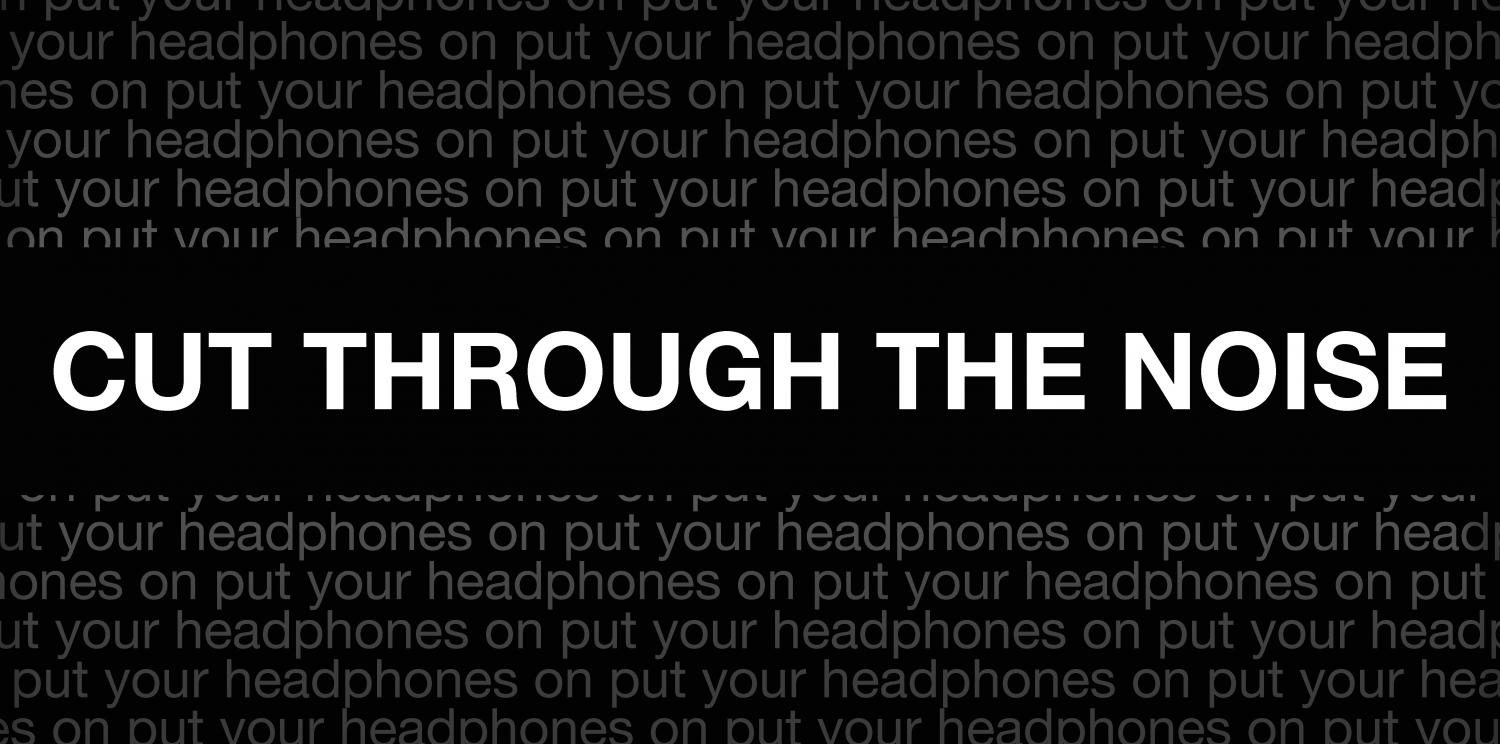Recently, Taylor Swift announced she will be rereleasing her 2014 album “1989.” If you follow Swift’s Instagram, you’ve surely seen that the album is coming out on vinyl and CD in many different colors. Originally, there was the blue record and four different CDs with different colored covers. Later she came out with the limited edition yellow, pink and green records, respectively, that were available for 48 hours each. This is not the first time Swift has done this. Last October, as a promotion for her new album “Midnights,” she released four different colorways of the vinyl record. The back of each different cover had a part of a clock, with the idea that listeners would collect all four albums to create the midnights clock. Many, including myself, are skeptical of this seemingly dramatic amount of merch releases. Taylor Swift already has millions of dollars, she probably does not need to do this much merchandising.
This issue is connected to a phenomena that has been steadily developing as the music industry becomes more and more commercialized, where artists’ merch is drastically overpriced. While the principle of supply and demand does apply as a musician’s popularity increases, it begs the question; how far is too far when it comes to music merch? Music is more accessible than ever these days, with streaming services like Spotify providing artists’ music for free to listeners and paying musicians about $0.004 per stream according to USA Today. Because of this sort of lack of compensation for their work, it makes sense that they would ask a bit more from their fans when it comes to tickets, merch, etc. However, mega stars like Swift, Harry Styles, Drake, etc., who have massive fan bases and make millions of dollars, do not need such a stipend. This could again be viewed as a matter of supply and demand, as thousands of fans equals thousands of customers. For example, up and coming folk artist Noah Kahan went on tour last year with ticket prices around $30-40. He’s going on another tour this year, with the average fan paying over $300. At a certain point, though, it feels like this capitalization is less about the music, fans and community and more about the money.
The debate about artists selling out has gone on for decades, but these days it’s almost as if there’s a new level of selling out. Going back to Taylor Swift, not many people say that she ‘sold out’ because she always wanted to make it big. She went on five major tours for albums two through six, respectively, before her massive Eras tour, and almost immediately became a household name. However, her rerecording her stolen albums has some people questioning her motives. Obviously, the main reason she is rerecording her first six albums is to reclaim her work, but she is also making a lot of money with every rerecord she does. The idea of releasing four different color versions of the same album, is one thing, but for that album to also be a rerecording of an old album seems like overkill.
For full discrepancy, I consider myself a Taylor Swift fan. However, I think it’s important to be able to think critically, even about people and things that we enjoy. It seems like a lot of stars that have that level of stardom have fan bases that idolize them and put them on a pedestal so much that they refuse to accept any critique of the artist’s behavior. This is an entirely different discussion, but I wanted to include this piece to show that one can enjoy something while simultaneously recognizing its faults.
Although it may seem unnecessary to critique an artist for selling their own merchandise, it’s important to think about demographics. In Swift’s case, a large majority of her fans are young girls who are going to be more easily influenced by this ‘collect the all’ marketing scheme. To me, this just seems like a manipulative move by Swift’s marketing team, which in turn paints her in a capitalistic, greedy light. An important matter that Swift has publicly talked about is how when men do things they receive a positive response, whereas when she and other women do the same things they receive negative responses. I am all about empowering strong business women, but I can’t act like this topic isn’t an issue just because Swift is vocal about this double standard (wouldn’t that in and of itself be a double standard?). All in all, when it comes down to it, an artist whose net worth just surpassed the one billion marker does not need to be selling four different variations of the same record.










